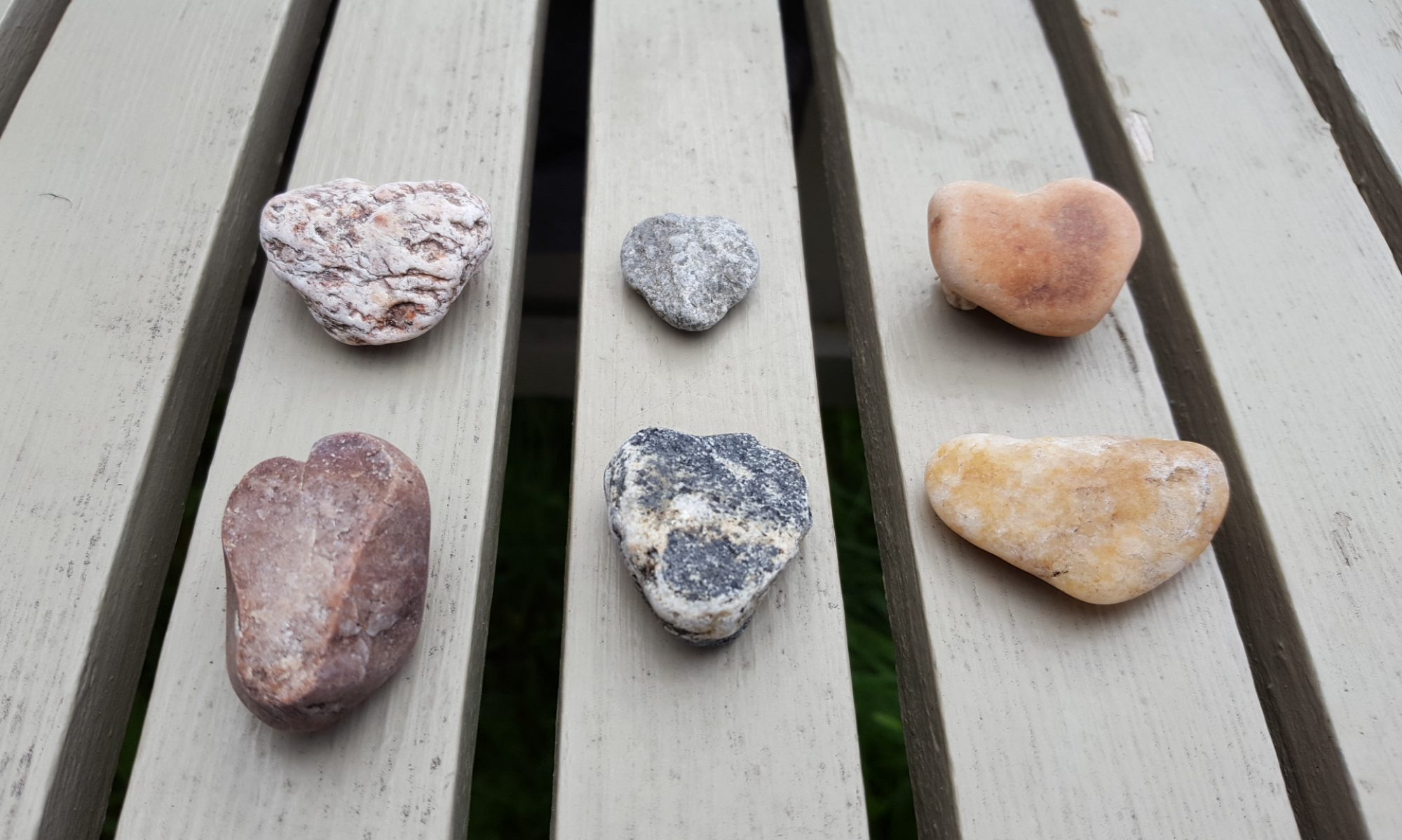Ever since humankind recognized fire, we recognized smoke. The residue of combusted materials floating upward on the draft of warmed air. This residue includes the ash and particulate of burned materials, be they wooden sticks, trees, papers, boards, plastics or other flammable materials. The exhaust fumes from internal combustion engines have long been contributors to the smoke which envelopes the world. Whether the smoke is derived from a forest fire or a car exhaust, it creates a haze. It creates smog. The smog hangs heavily in the air especially when the weather is humid. The smoke clings to people, buildings, vehicles, birds and other things. It obscures the sun, the moon, the mountain ranges, the natural clouds. It makes us grey, opaque, bland, subdued. It seems to slow everything down. Motion is visually damped.
The recent and continuing forest fire rampage throughout British Columbia is taking its toll on people in communities, animals in natural habitats, vacationers looking to relax, drivers simply trying to use the road, among many others. The economic impact is large. Hundreds of millions of dollars spend trying to contain the fires, many more millions lost in burned out towns, homes and cars. The fires reminder us of how careless people are with built fires, matches, lighters, cigarettes, and fireworks. The situation also reveals the mental illness that leads some people to intentionally start fires in communities, grasslands and parks.
The smoke is just a symbol. Just an emblem of the continuing danger the forest fires pose. We must support the communities that have been ravaged, support the firefighters out there risking their lives, and support the wildlife organizations involved in saving wild animals from this brutally free force of nature.
